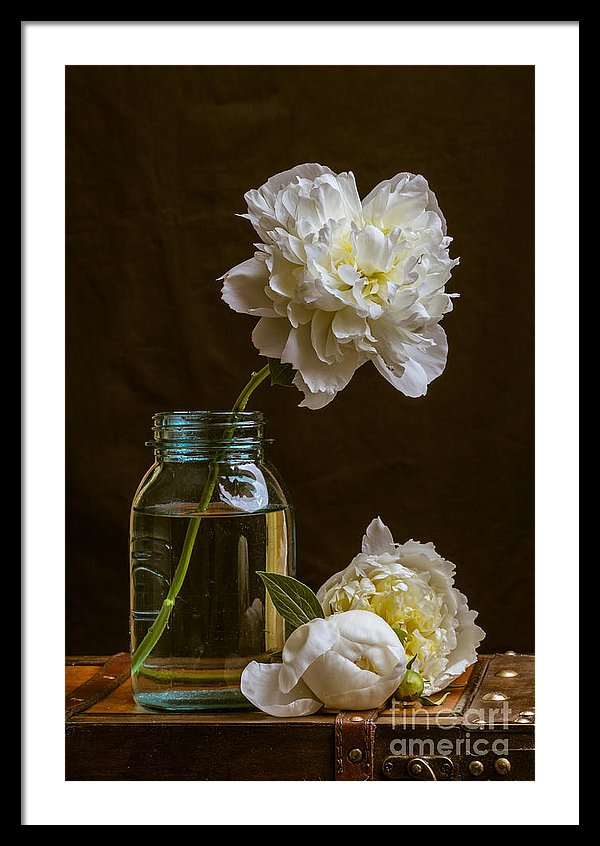Tips for Better Still Life Photographs
Still life fine art photographs can be some of the most challenging photographs to make. Sure, simply taking a photograph of a group of objects is simple, but making a still life interesting and compelling to look at takes effort.

A good still life tells a story through the relationship of the objects within along with the lighting, choice of focus, camera angle, composition, lens choice and textures of the objects.
Careful arrangement of the objects within a 3-D space not only top to bottom and side to side but front to back has to be considered.
The magic occurs with the lighting and with a tabletop careful, precise lighting can be controlled and experimented with to bring out the drama.
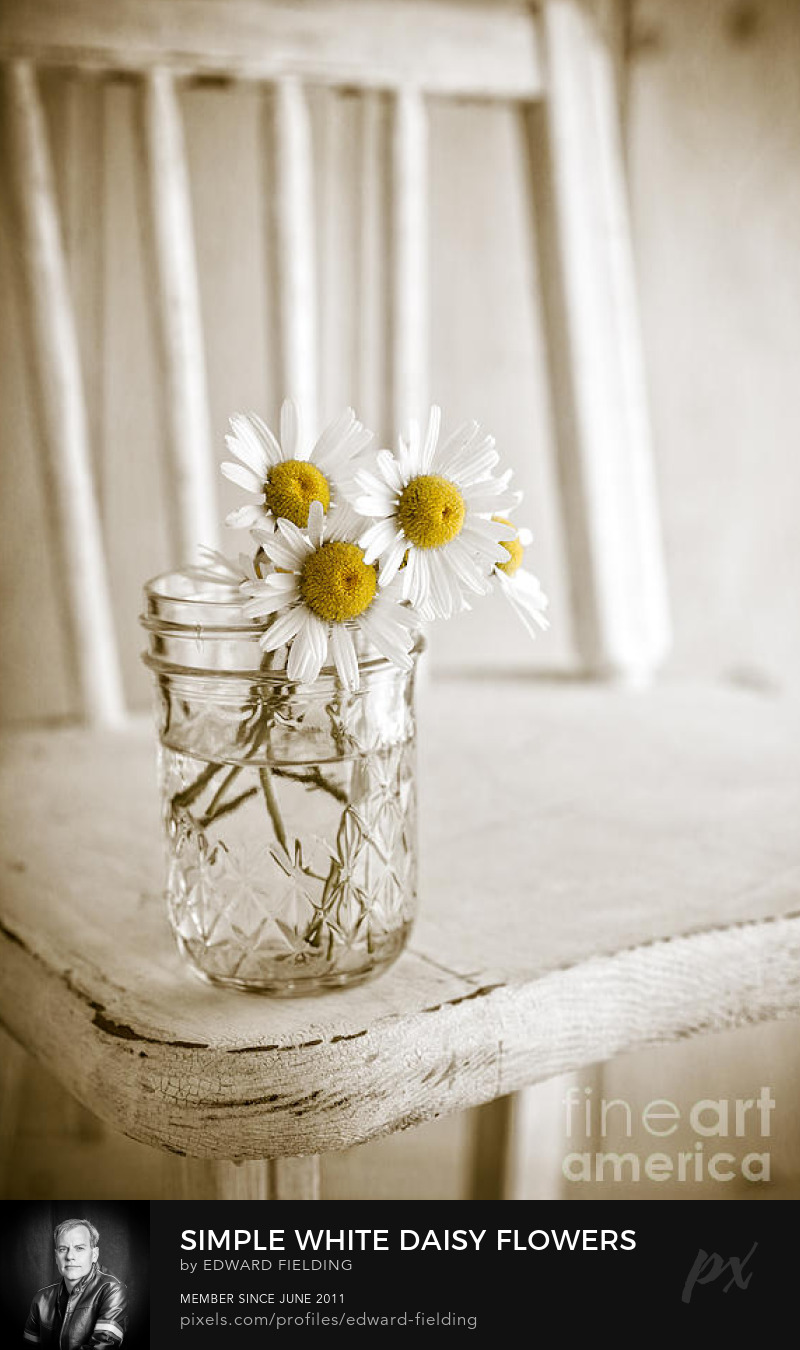
Study the old master’s paintings to learn how the lighting was used to bring paintings to life. Learn the tricks of composition from painters, because still life fine art photography is probably the closest type of photography to painting.
In a painting the artist is in complete control of every element in the painting – lighting, objects, arrangement, viewpoint – same is true with a still life photograph – the photographer is in complete control of all the elements of the photograph.
Still life photography is a celebration of the objects in the image and their meaning to the viewer. Be sure to highlight the age, texture and beauty of the objects. Are they smooth glass, rusty old metal, delicate flowers, soft linen? Use lighting to bring out these textures.
In a still life photograph, the artist is in control of the foreground, middle ground and background. Don’t forget to include interesting elements in each. Often a textured background like a dusty chalkboard is more interesting than a piece of solid paper.
Also, don’t forget to consider the depth of field and which elements might be in sharp focus vs objects that will be allowed to fall into soft focus.
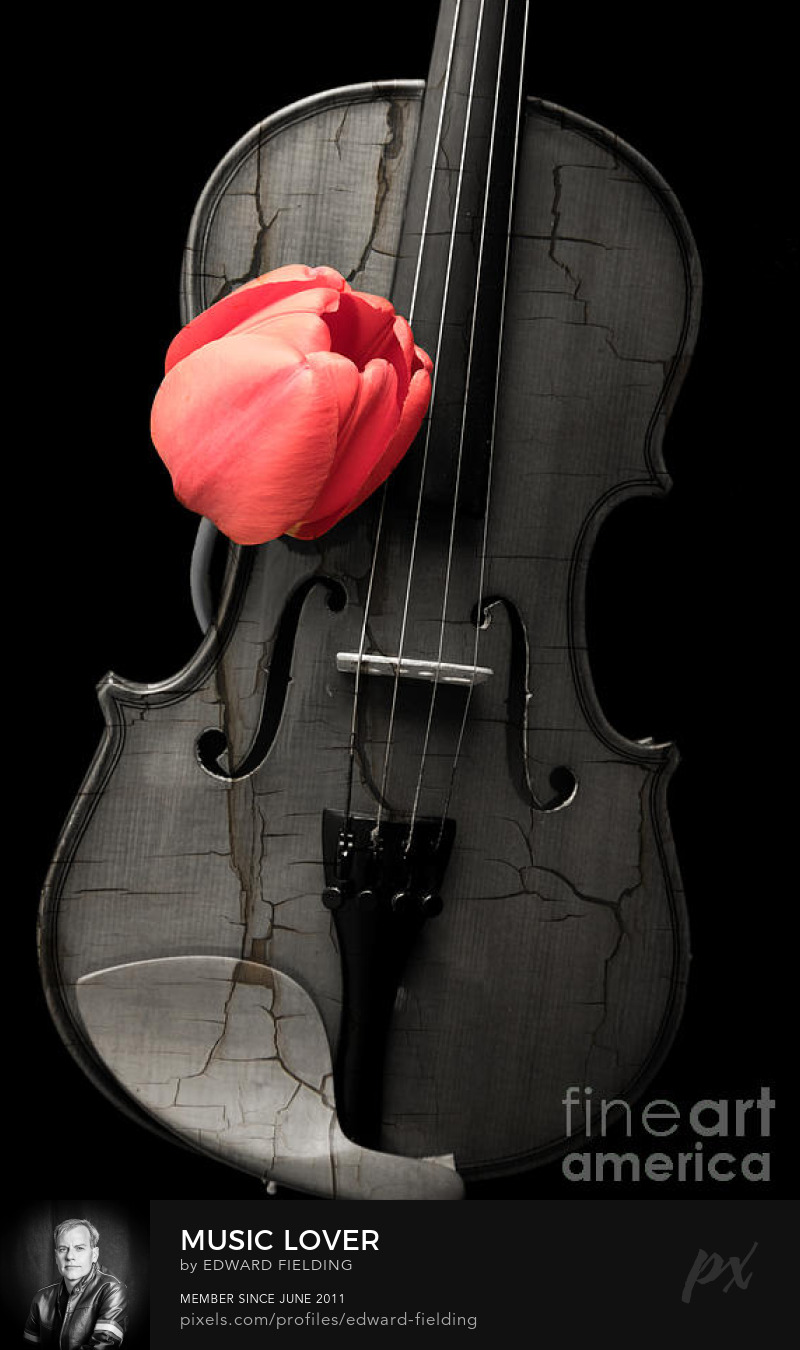
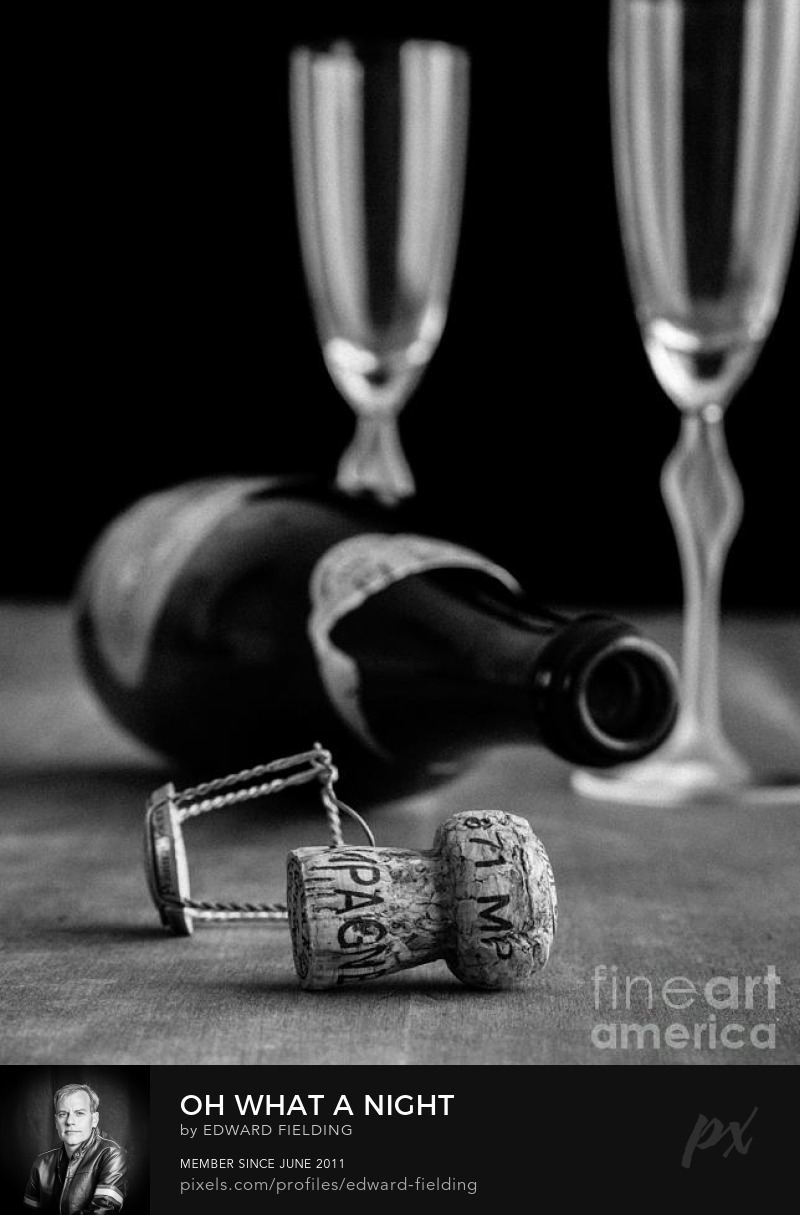
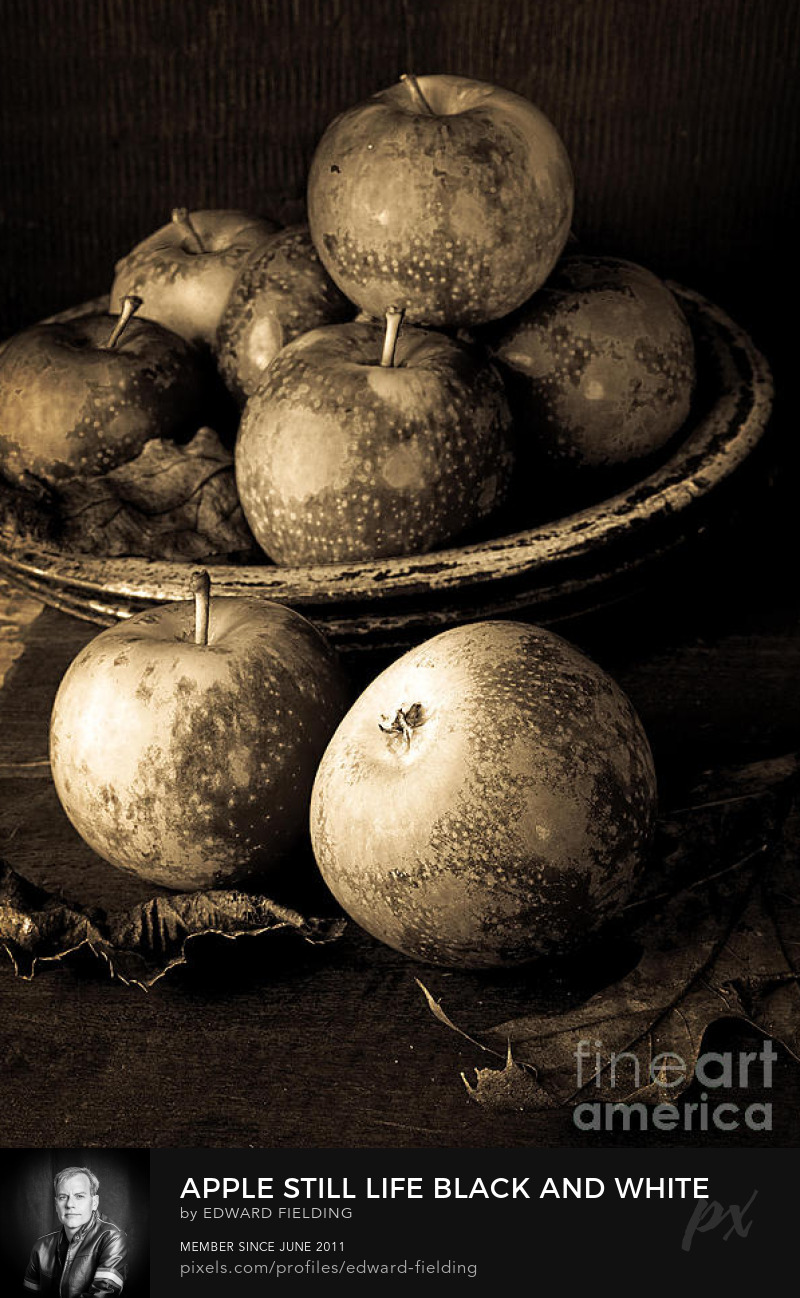
See more still-life photographs by Edward Fielding here. https://edward-fielding.pixels.com/art/still
